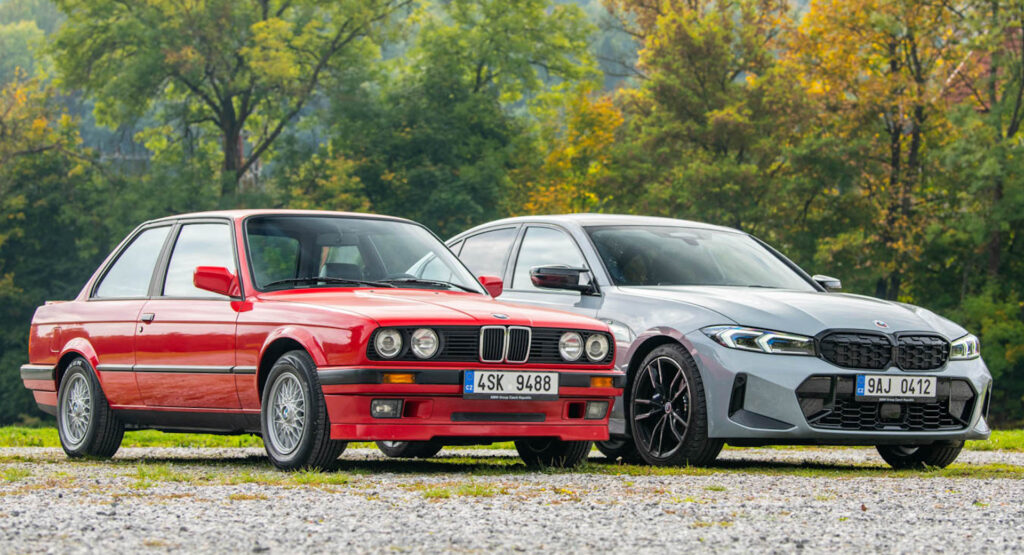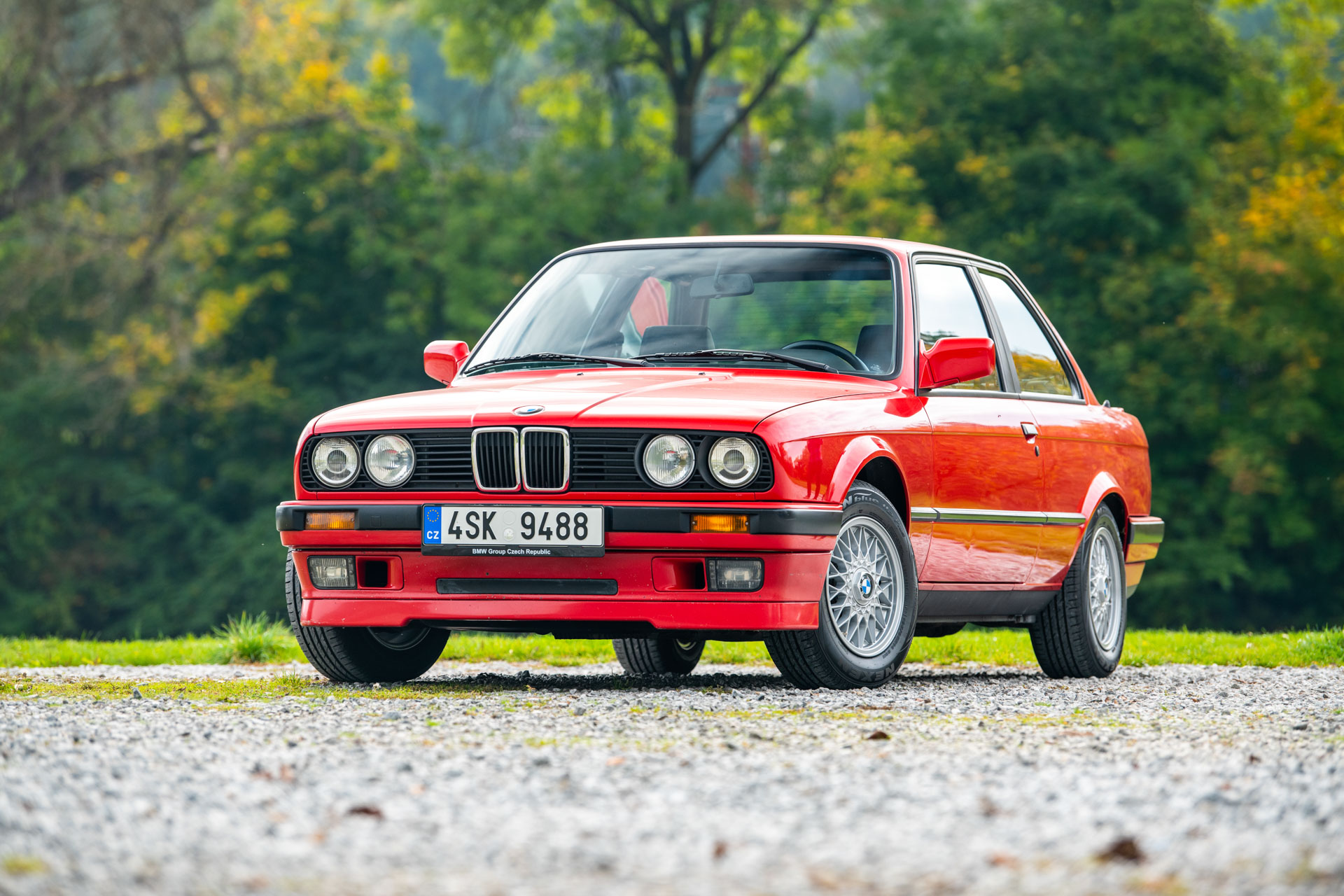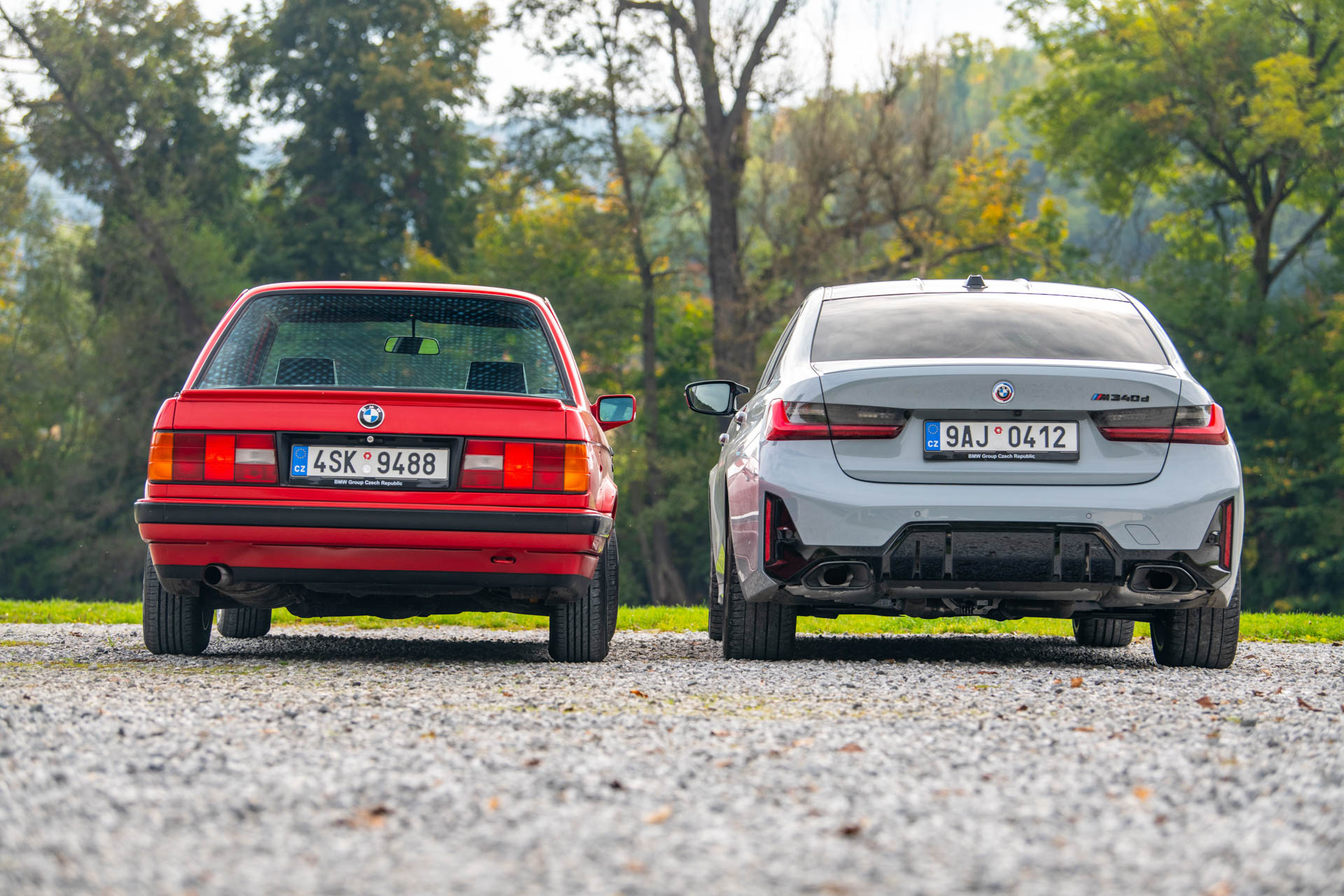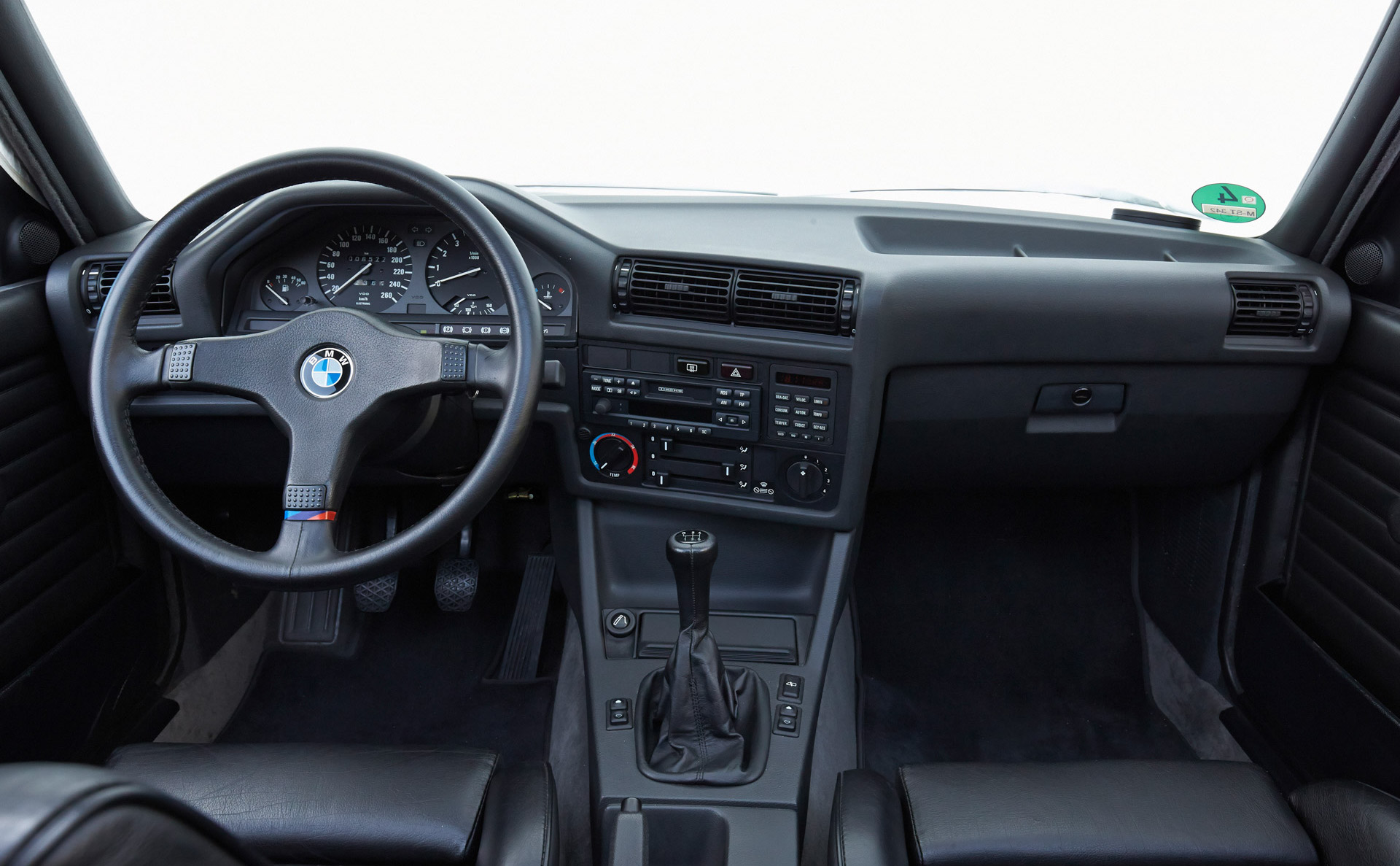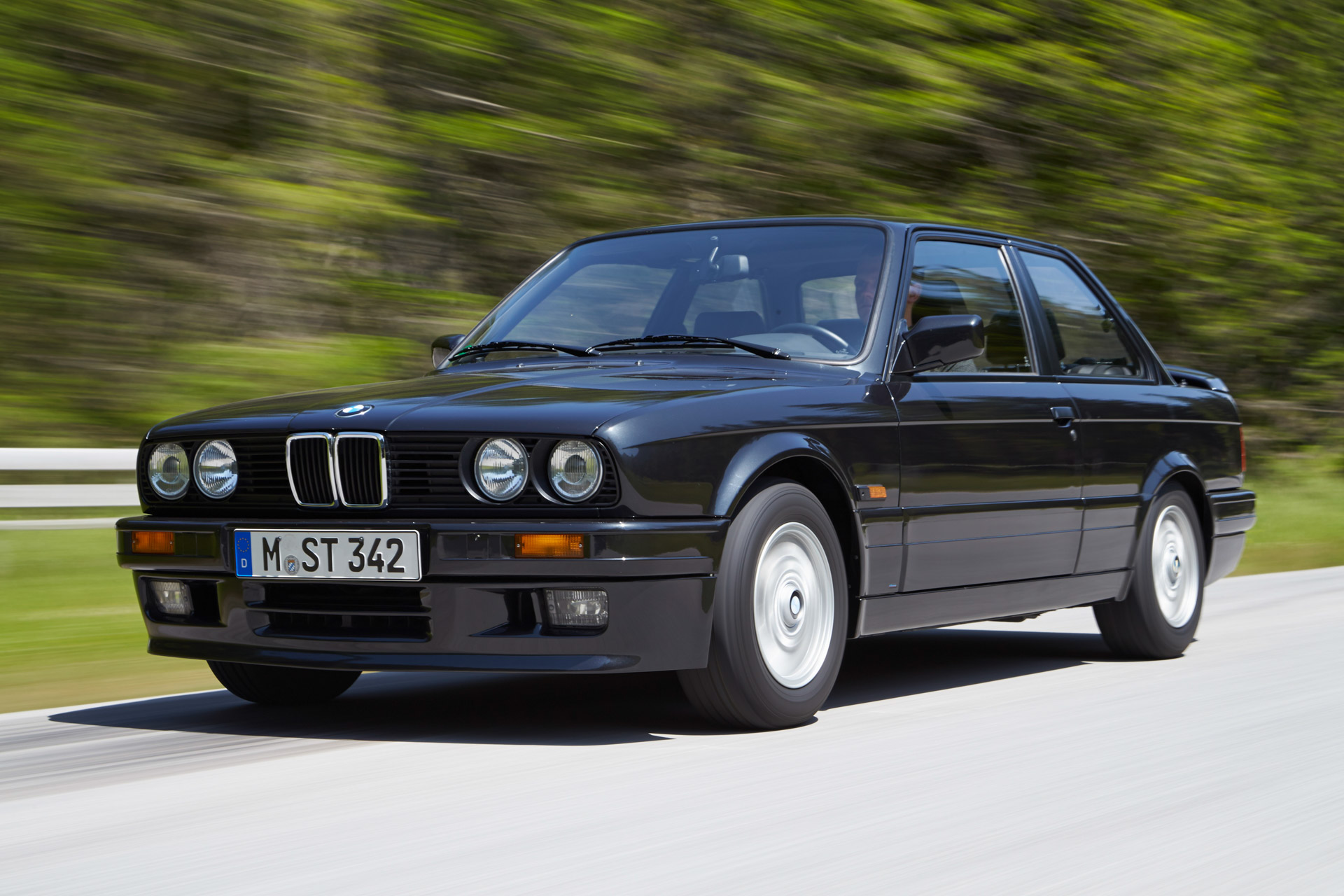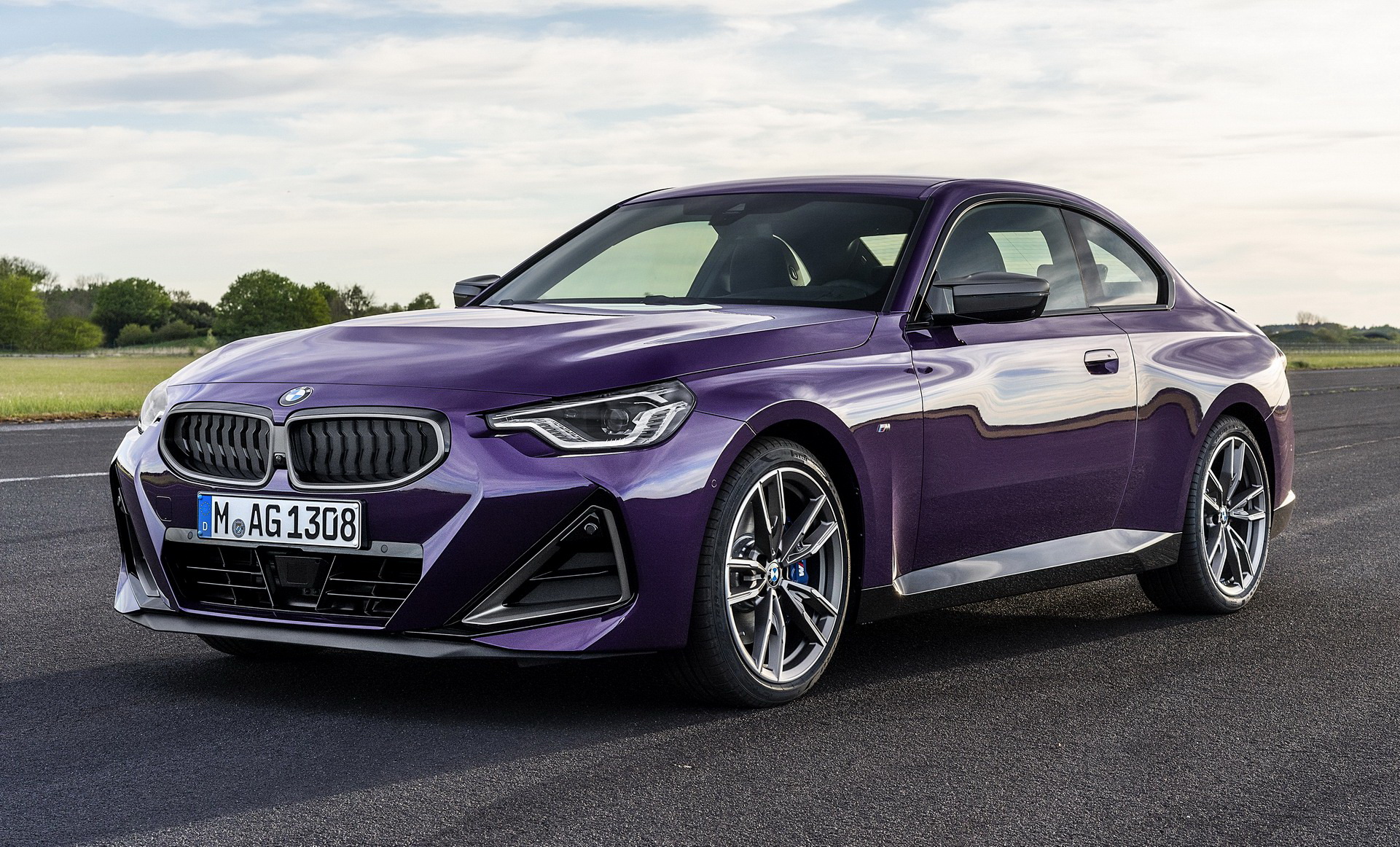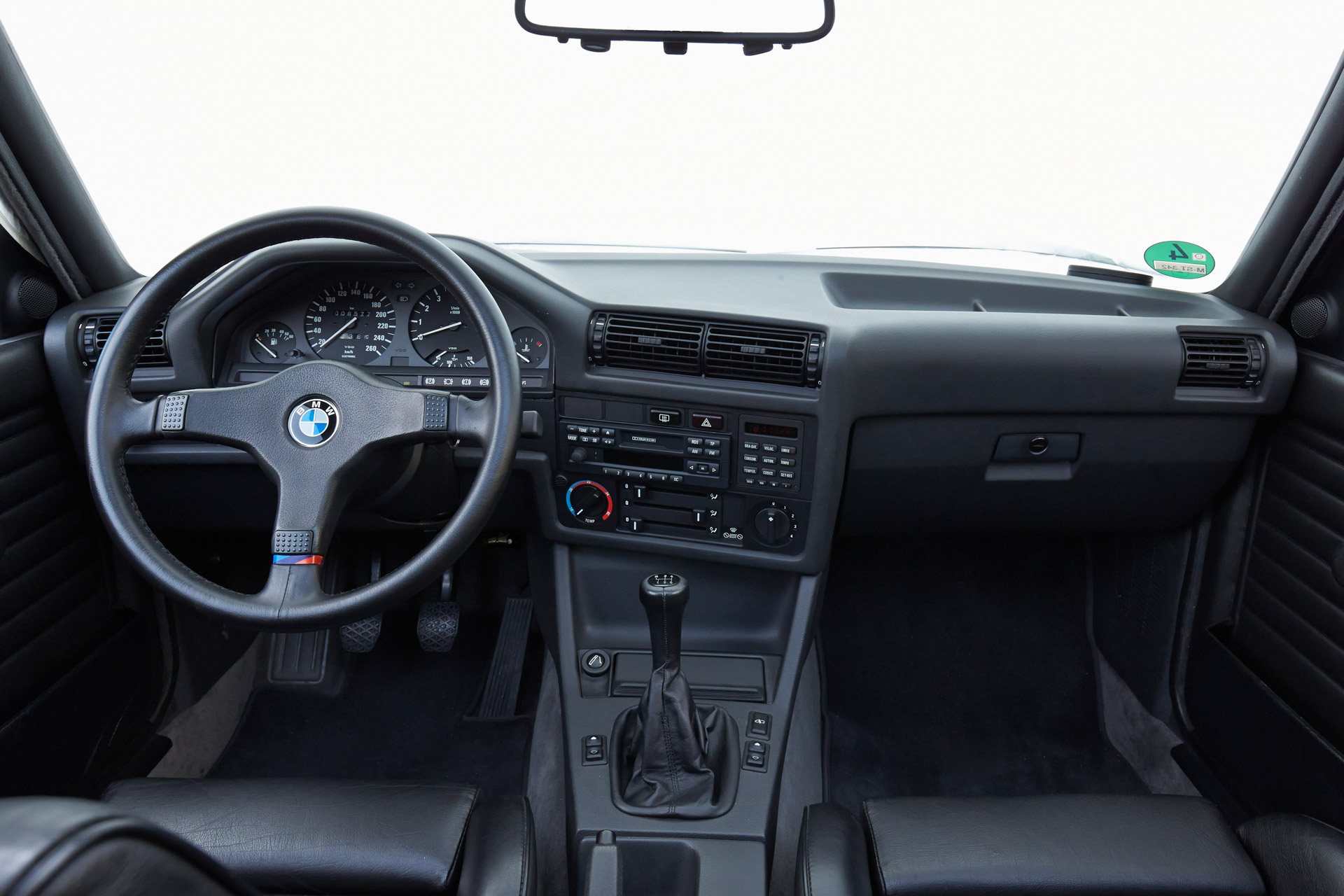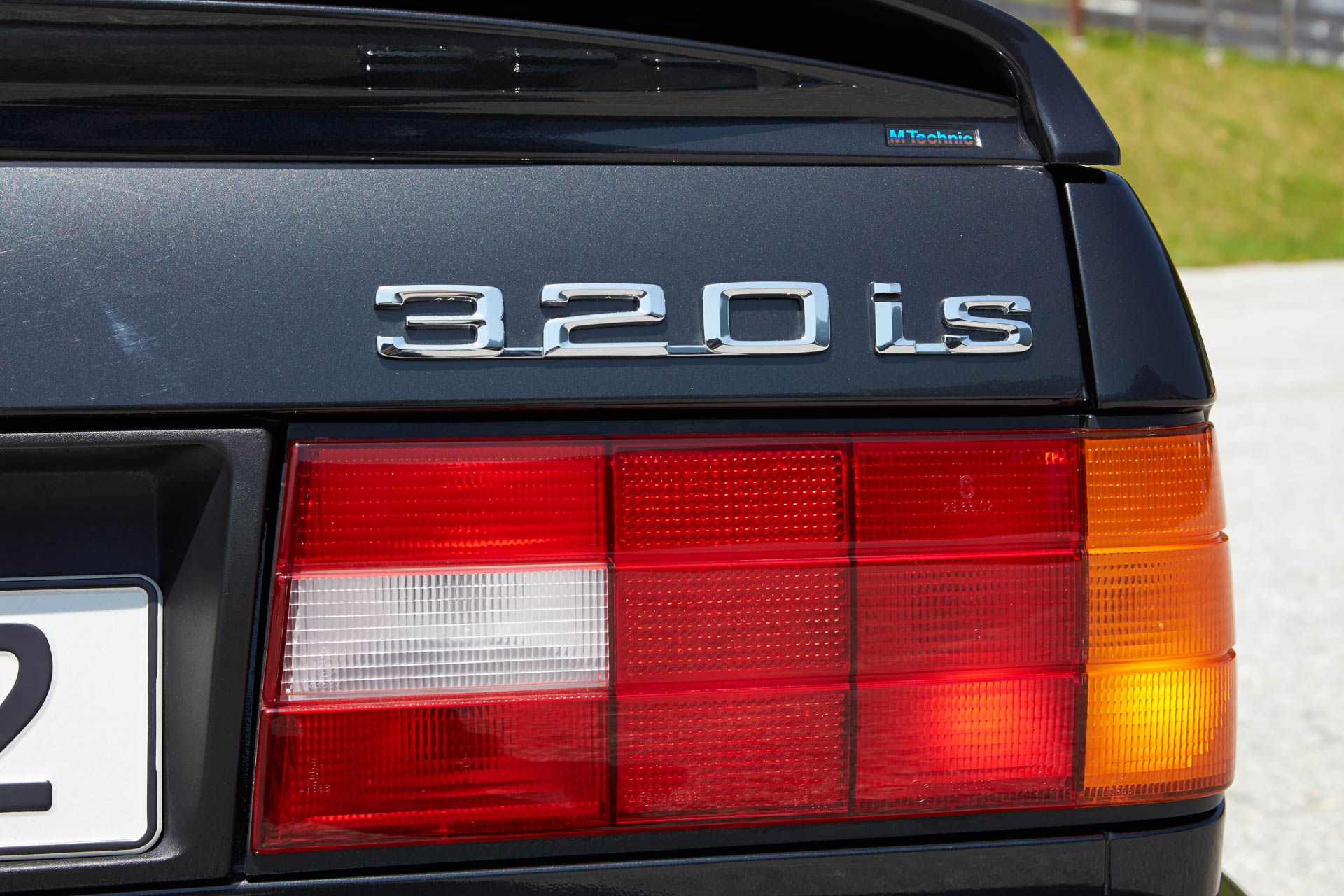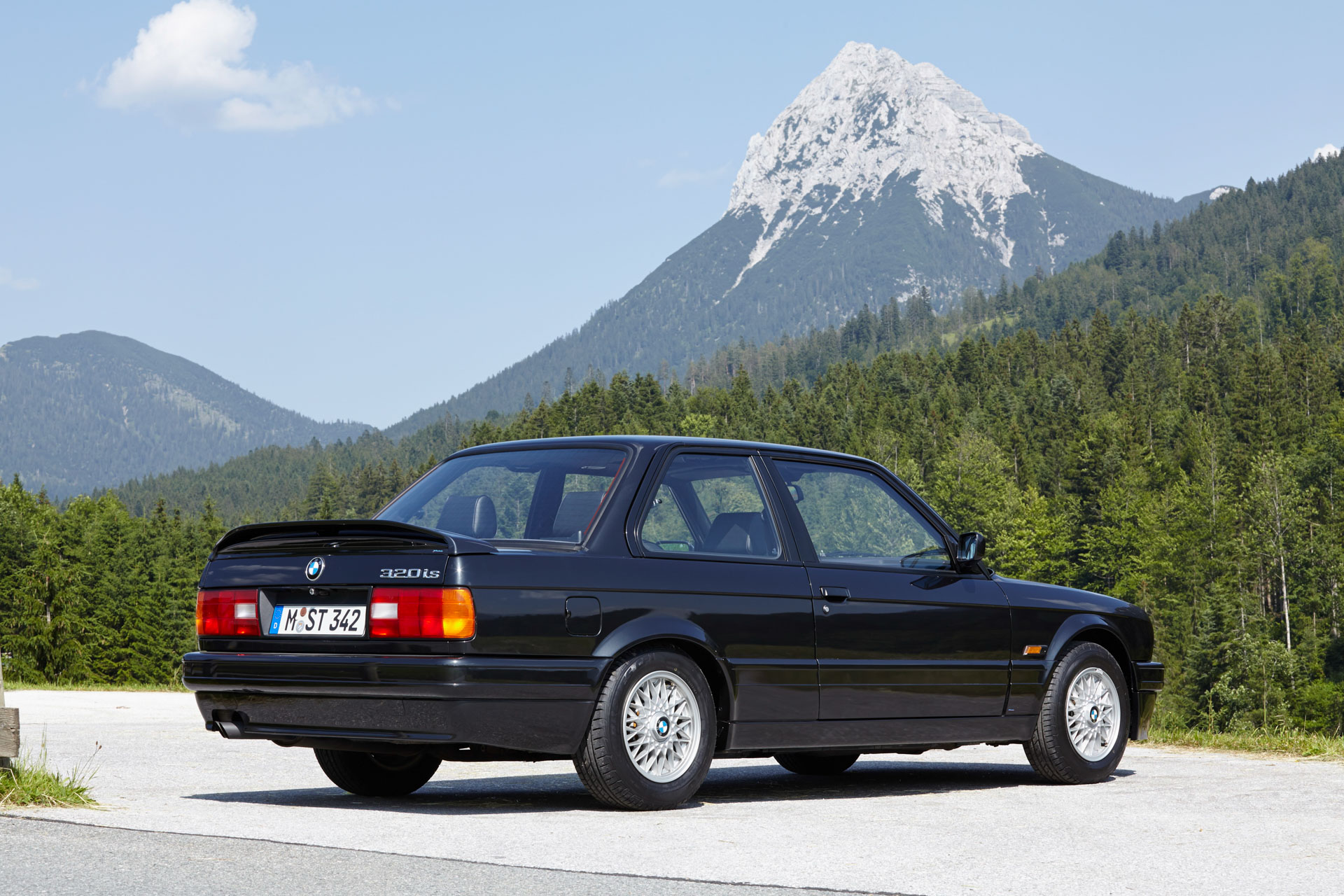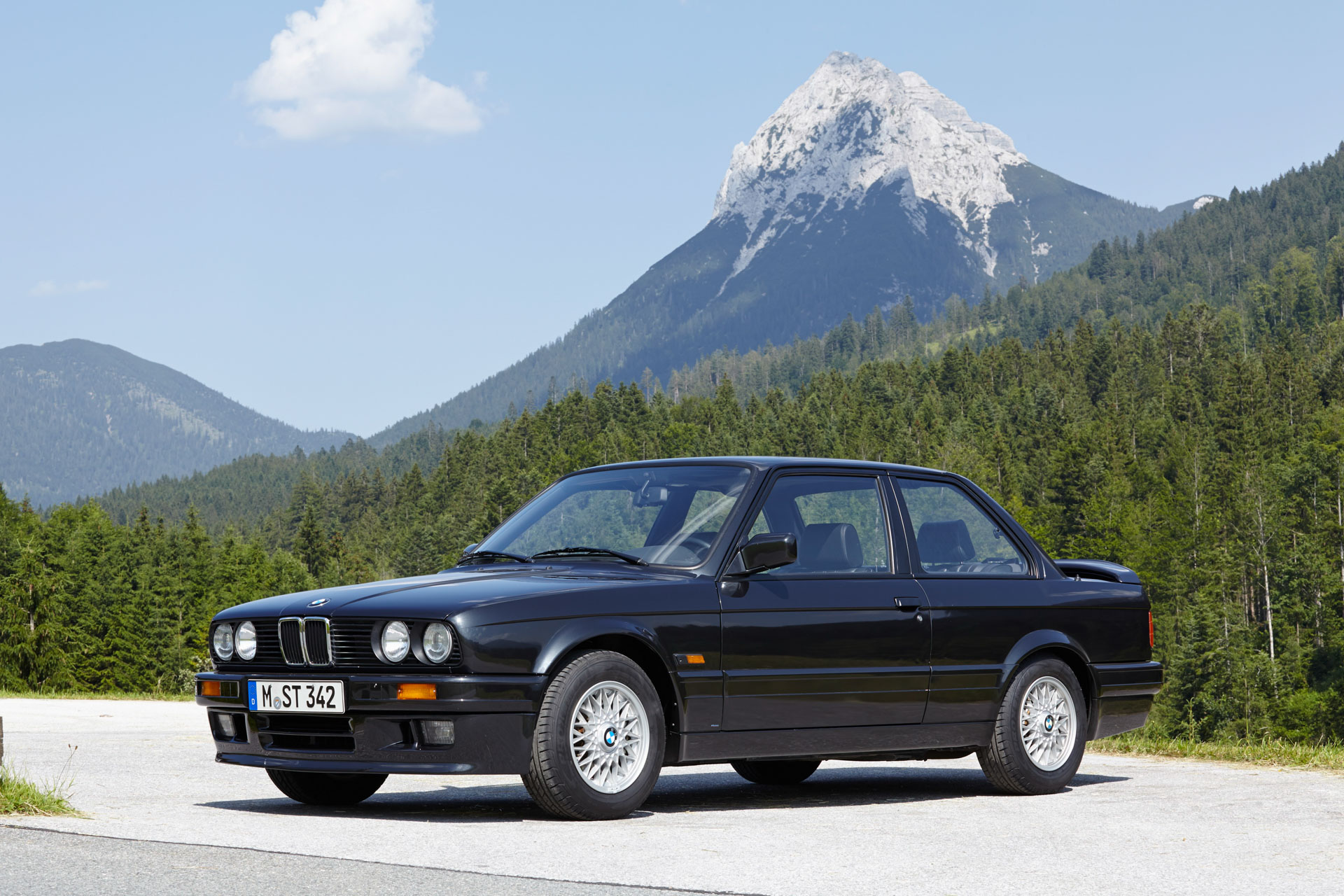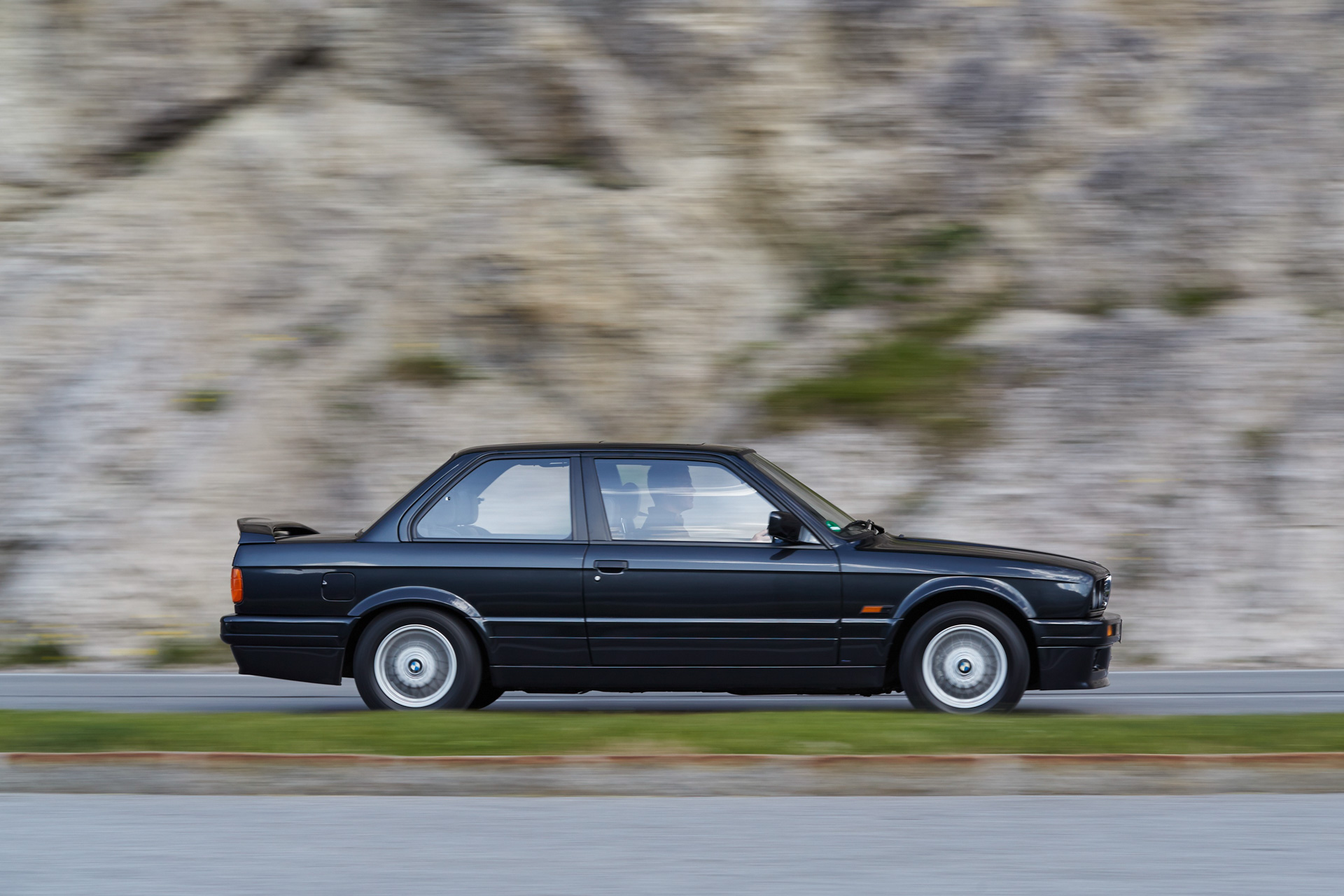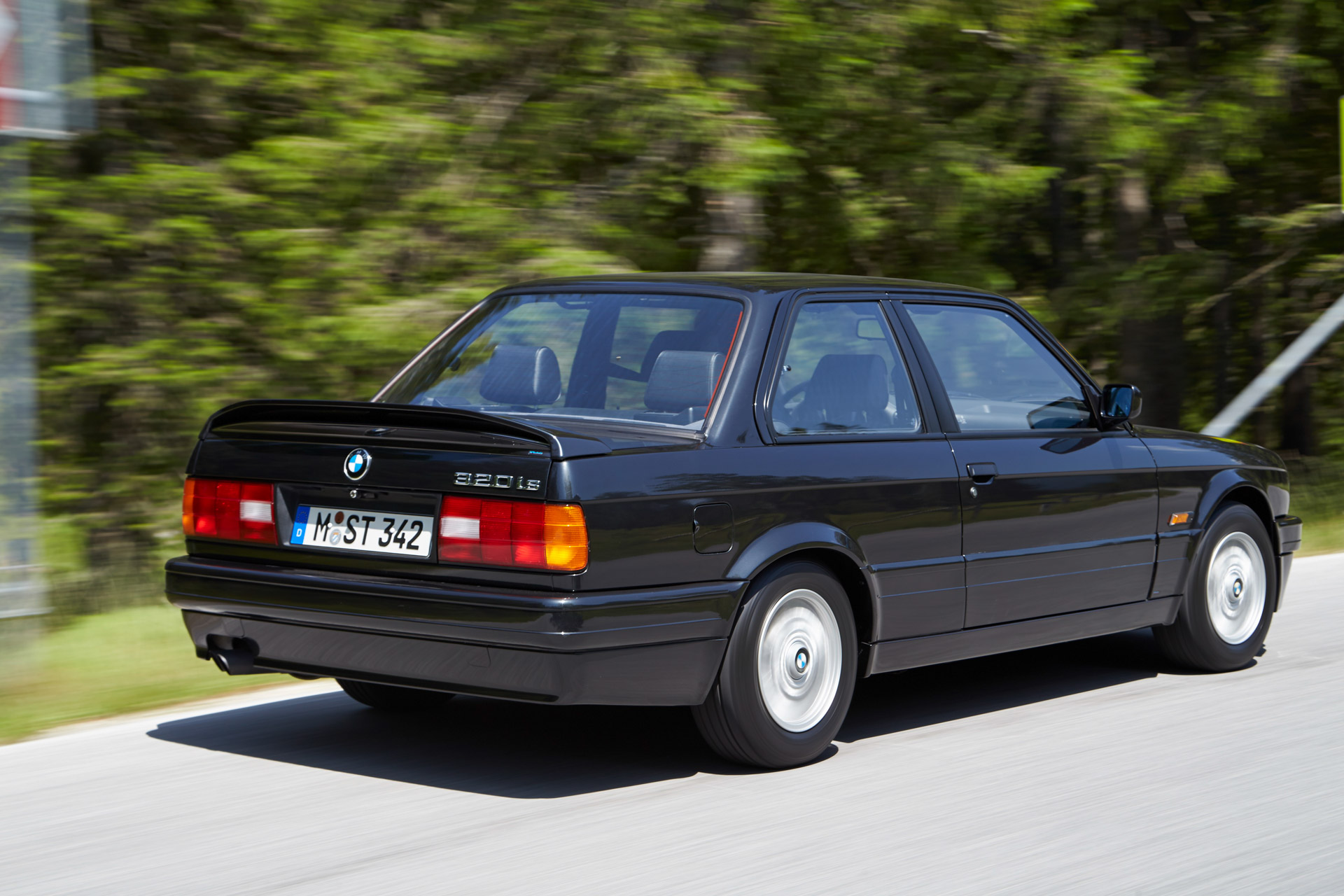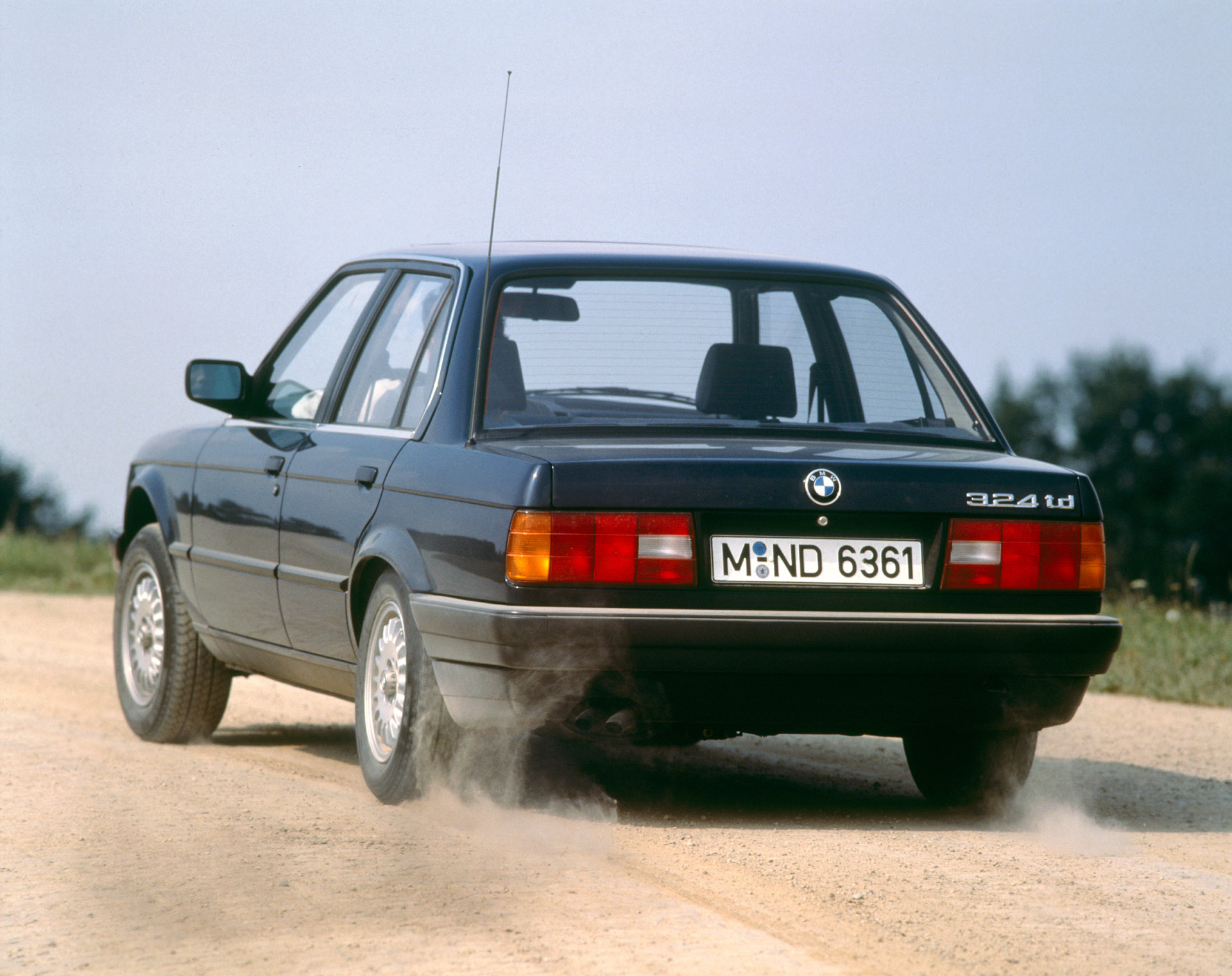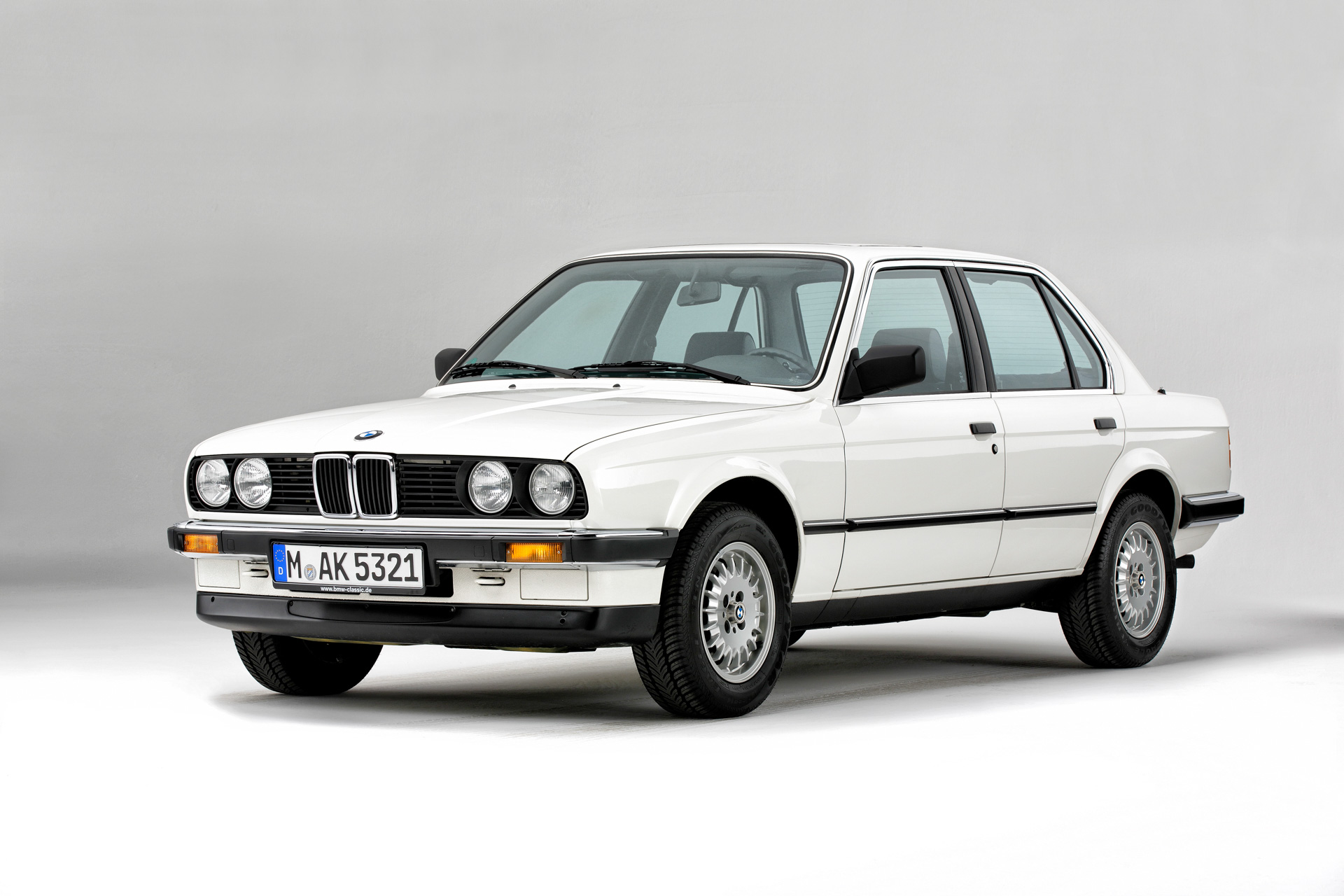What’s the most incredible thing about BMW’s E30 3-Series? For me it’s that four decades on it’s still relevant. It’s a car with cross-generational appeal, a car that’s as loved by those who drove it in period as it is by fans who weren’t even a tadpole when the E30 went out of production in 1994, let alone when it was launched in November 1982.
That 1982 launch date makes the E30 3-Series 40 years old this year, an anniversary that could easily have slipped by unnoticed, overshadowed, like the 50th anniversary of the 5-Series, by BMW’s half century of M celebrations. But the E30’s 40th deserves recognition, too. It enjoyed the longest production run of any BMW 3-Series, gave us legends like the M3, and we reckon it can still provide some valuable lessons for car designers today.
Confident, distinctive and not faddy styling
Related: Virtually Brand New 1985 BMW 323i E30 With 162 Miles Has An Astronomical Price Tag
Aerodynamic designs were increasingly common in 1982, but BMW ignored the trend, opting for an elegant but conservative update of the older E21 3-Series, and hardly changed it, other than swapping the chrome bumpers for plastic, throughout its 12-year production run. The fact that BMW’s design team didn’t slavishly follow design trends is one of the reasons the E30 was so instantly recognizable, and also ironically why it manages to look so fresh today.
Compact dimensions, great visibility
The E30 is tiny by modern standards, smaller even than a modern 2-Series Coupe, never mind a current G20 3-Series. It also has acres of glass, which means it can slip through gaps in city traffic and down the skinniest country lanes like a champ, and you feel so confident doing it. Obviously it’s easier to make a car small when you don’t have to worry about NCAP safety ratings, but the idea of a compact driver’s car that’s easy to see out of and place on the road hasn’t dated a day.
Clear instruments, great ergonomics
Another thing that still feels incredibly fresh about the E30 is the dashboard. What a work of art. Let’s start with the instruments, which are huge and easier to read than a telephone keypad for the visually impaired. The console is angled towards the driver to make sure he knows who’d the boss, but not so much that the passenger is totally left out of the action. And the control layout and simple mix of rotary dials and sliders means you almost never have to take your eyes off the road to tweak the tunes or temperature. Take that, touchscreens.
The E30 was also great fun to drive in the right spec, though before I get so misty eyed that I can’t see my screen or keyboard to finish this post, let’s remind ourselves that there was also plenty that the E30 was terrible at when new, and other things about it that look terrible next to modern cars.
I’m taking about the outrageously slow steering rack (over four turns on all but the M3), the crappy rear legroom, the afterthought Touring’s stupid Tetris load-sill shape, occasionally dicey winter-weather handling, and the mean standard spec.
But I still want one really badly. I’ve owned a bunch of 1980s BMWs, but never an E30, despite coming close several times. And the E30’s continued relevance means I’ll still want one next year, and the year after, until I finally get around to scratching that itch.
We should also say that while the modern 3-Series has evolved to become a much bigger car with a broader spread of talents, much of the E30’s spirit lives on in the current G42 2-Series, a coupe that’s faster and safer than any E30, yet still feels small and up for some fun on the road. What’s your dream E30? Or maybe you don’t see why everyone gets so excited about a basic, boxy old car? Either way, leave a comment and let us know.




